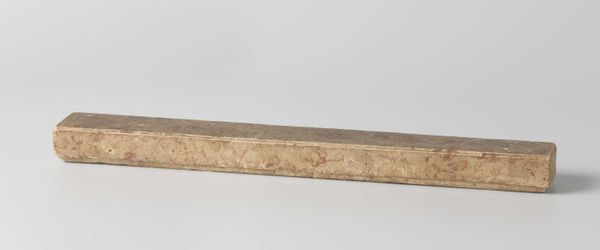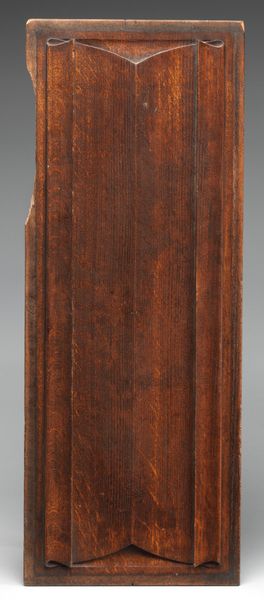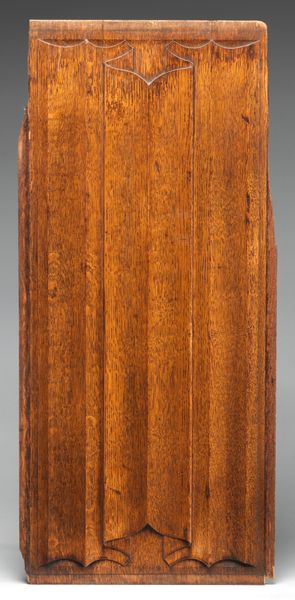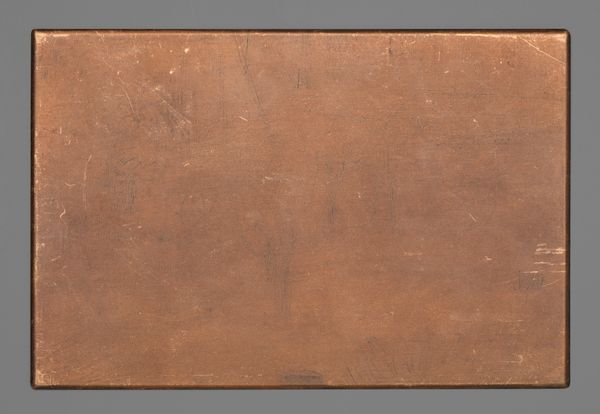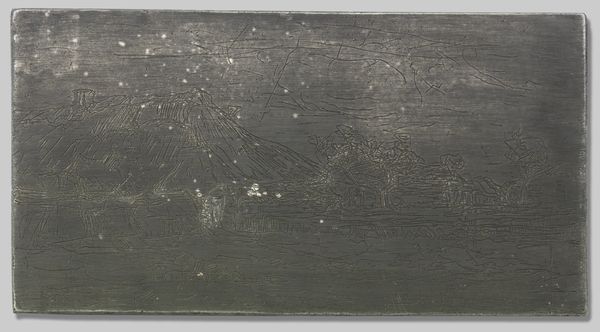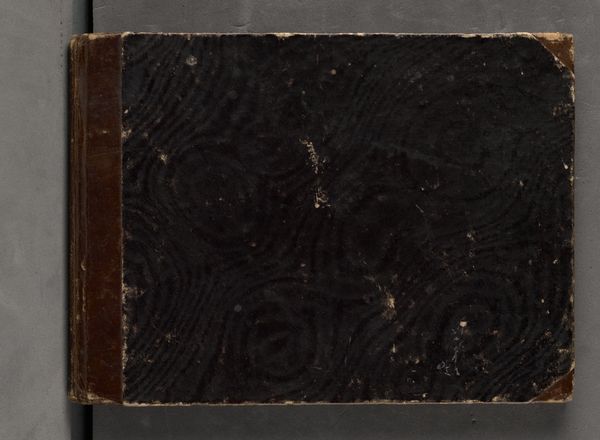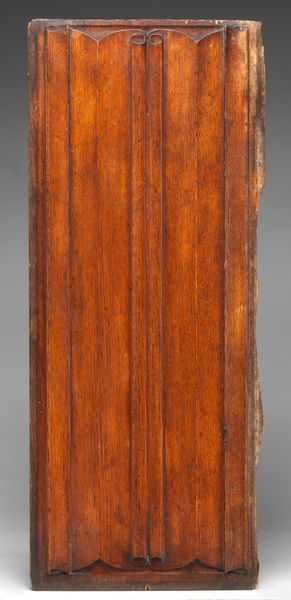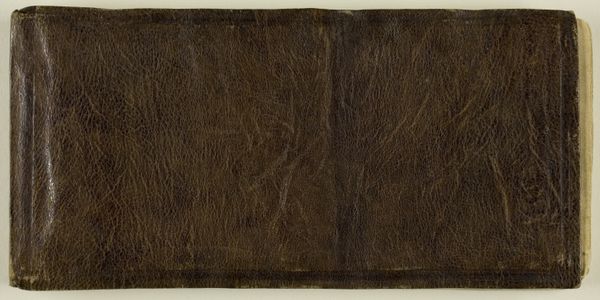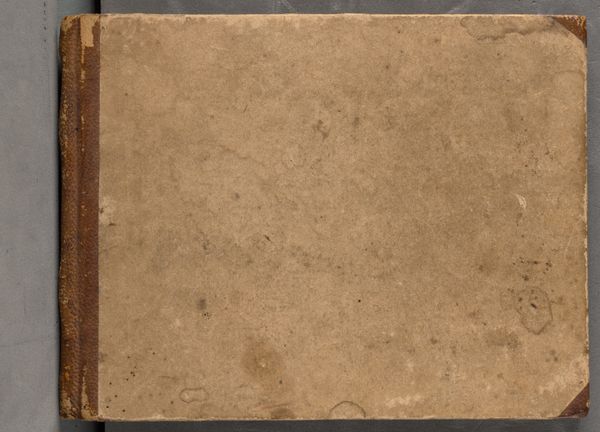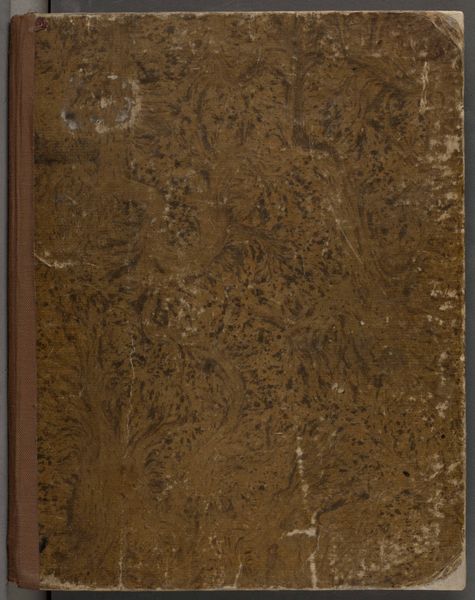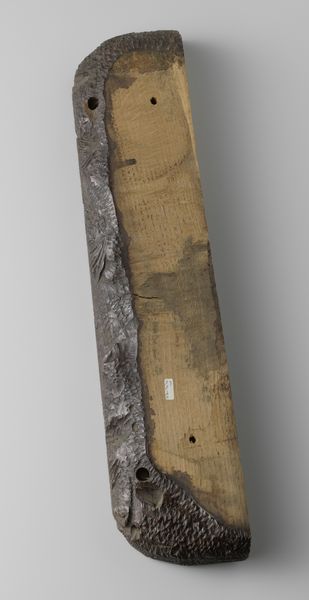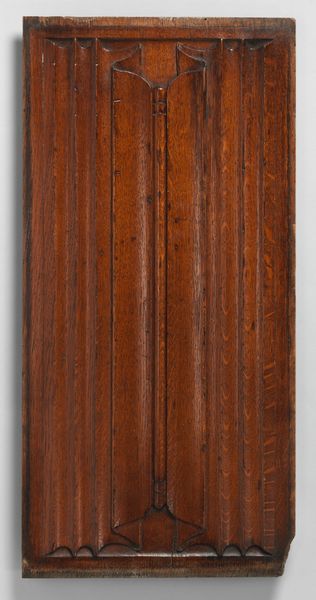
carving, wood
#
carving
#
wood
Dimensions: height 5.3 cm, width 32 cm, thickness 1.9 cm
Copyright: Rijks Museum: Open Domain
Curator: Here we have an interesting find: a palm leaf, carved from wood sometime between 1700 and 1800, though the artist has remained anonymous. What strikes you first? Editor: Well, immediately, I think of minimalism—stripped bare, yet powerfully present. It is just the shape and grain of the wood. The long horizontal orientation almost implies a hidden narrative, don’t you think? Curator: Absolutely. Though modest in presentation, the palmyra palm, also known as the sugar palm, holds tremendous significance in Southeast Asian cultures. Often seen as symbols of resilience, fertility, and nourishment. Editor: That symbolism is interesting when viewed alongside the wood itself, a natural material transforming to capture another facet of the natural world, a double layer of representation, then! How might its inherent qualities tie into our understanding? Curator: Considering the date, such a piece may have been created during a time of increasing trade and cultural exchange, serving as a memento or emblem of identity, a little mnemonic, almost. Editor: You make me wonder who commissioned it. Or the intentions of its creator? What purposes, stories, or hidden cultural narratives do they hope it serves in those spaces? Curator: Good questions, and with folk art often that information has simply been lost. But given its cultural weight and enduring beauty, I do see how its messages are both specific and accessible. Its visual language transcends time. Editor: It reminds me that in simplicity lies complexity; a whole cultural story can hide in an otherwise understated object. It certainly offers so much food for thought. Curator: Indeed. A humble tribute crafted in wood, encapsulating centuries of meaning within its simple frame.
Comments
No comments
Be the first to comment and join the conversation on the ultimate creative platform.
